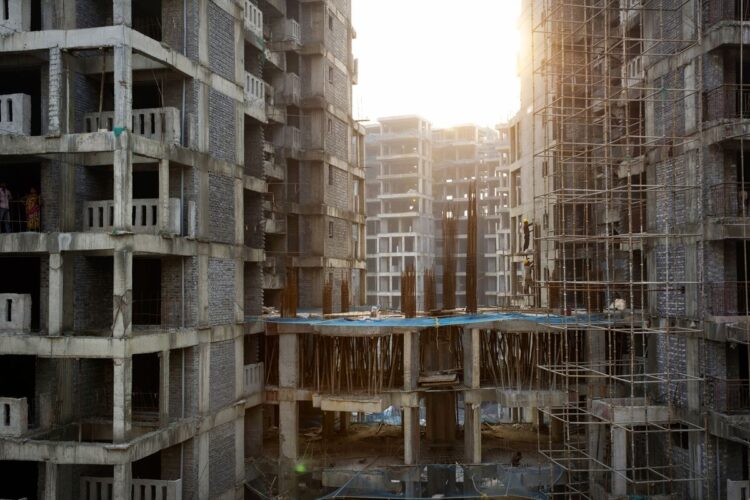The India housing crisis has been a long-standing issue, affecting millions of people across the country. Despite government efforts to address the problem, the situation remains dire, with many families struggling to find affordable and adequate housing. In this article, we will examine the causes and impacts of the India housing crisis and explore some potential solutions.
Causes of the India Housing Crisis:

One of the primary causes of the India housing crisis is rapid urbanization. As more and more people flock to the cities in search of better job opportunities and a higher standard of living, the demand for housing has skyrocketed. This has led to a shortage of affordable options, particularly in major cities like Mumbai, Delhi, and Bangalore.
Another contributing factor to it is the lack of adequate government policies and regulations. The real estate sector is largely unregulated, which has allowed developers to exploit the market and charge exorbitant prices for housing. Additionally, there is a lack of incentives for developers to build affordable options, as they can make more profit by focusing on luxury developments.
Impacts of the India Housing Crisis:
The India housing crisis has had a significant impact on the country’s population, particularly those living in poverty. Without access to affordable housing, many families are forced to live in overcrowded and unsafe conditions. This can lead to health problems and a higher risk of disease transmission.
Additionally, the lack of affordable housing has made it difficult for people to save money or invest in other areas, such as education or entrepreneurship. This can have long-term effects on the economy, as individuals are unable to reach their full potential.
Solutions to the India Housing Crisis:
While the India housing crisis is a complex issue, there are several potential solutions that could help alleviate the problem. Some of these solutions include:
– Government incentives for developers to build affordable housing options.
One way to encourage developers to build it is to offer them incentives, such as tax breaks or subsidies. This would make it more financially viable for developers to build low-cost options, which would in turn increase the supply of affordable housing.
Regulation of the Real Estate Sector

Regulating the real estate sector would ensure that developers cannot charge exorbitant prices for housing. Additionally, regulations could be put in place to require developers to allocate a certain percentage of their projects to affordable housing options.
– Public-private partnerships
This would involve the government working with private developers to create low-cost housing projects. This approach could help increase the supply of affordable housing while also providing developers with financial incentives.
– Microfinance programs

Microfinance programs could be implemented to provide low-income families with access to loans to purchase or build their own homes. This would give families greater control over their living situations and could help break the cycle of poverty.
– Promotion of sustainable building practices
Encouraging sustainable building practices could help reduce the cost of building affordable housing options. Additionally, sustainable buildings are often more energy-efficient, which could help reduce utility costs for residents.
In conclusion, by implementing a combination of the solutions outlined above, we can work towards creating a brighter future for all of India’s citizens.

